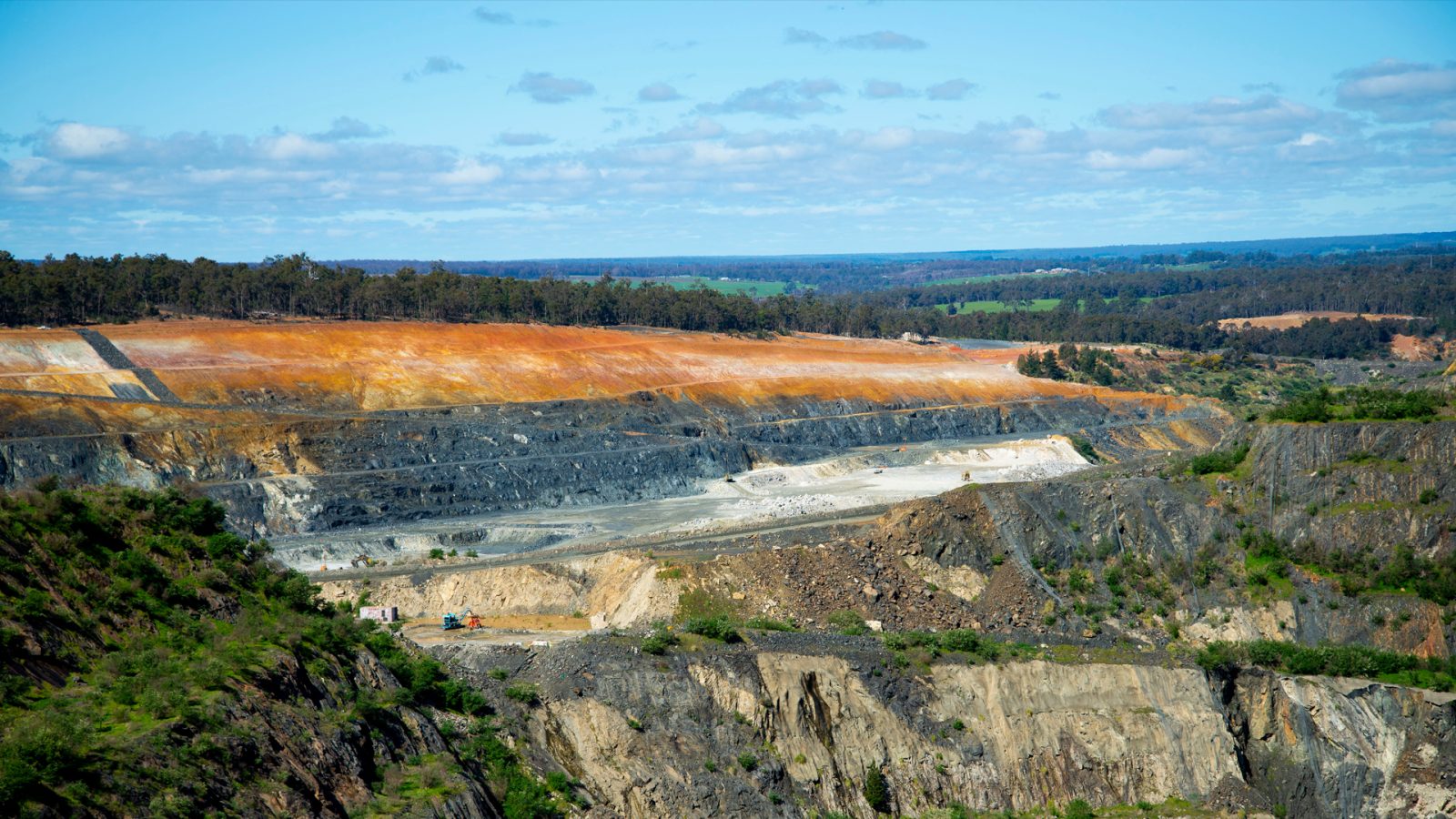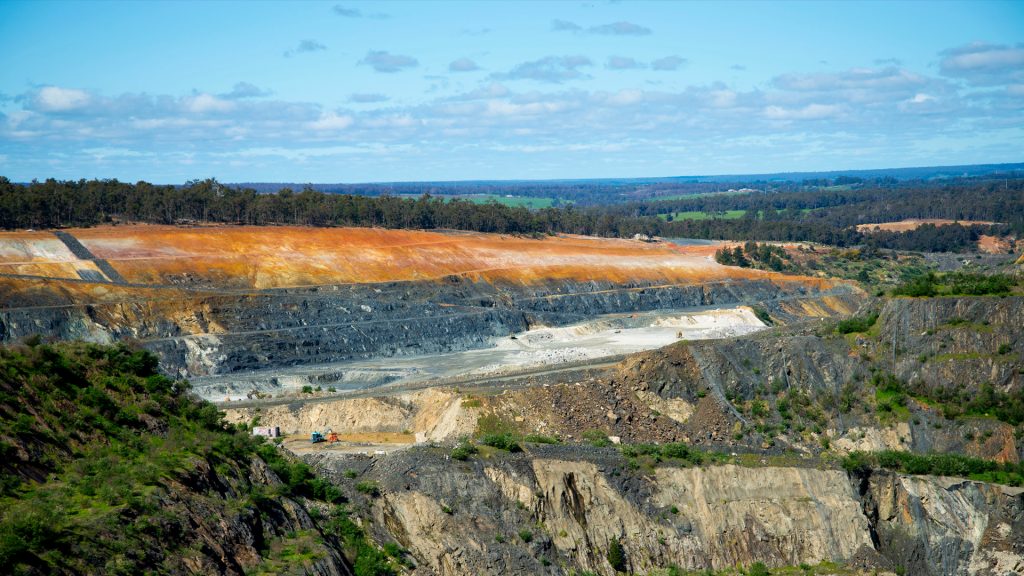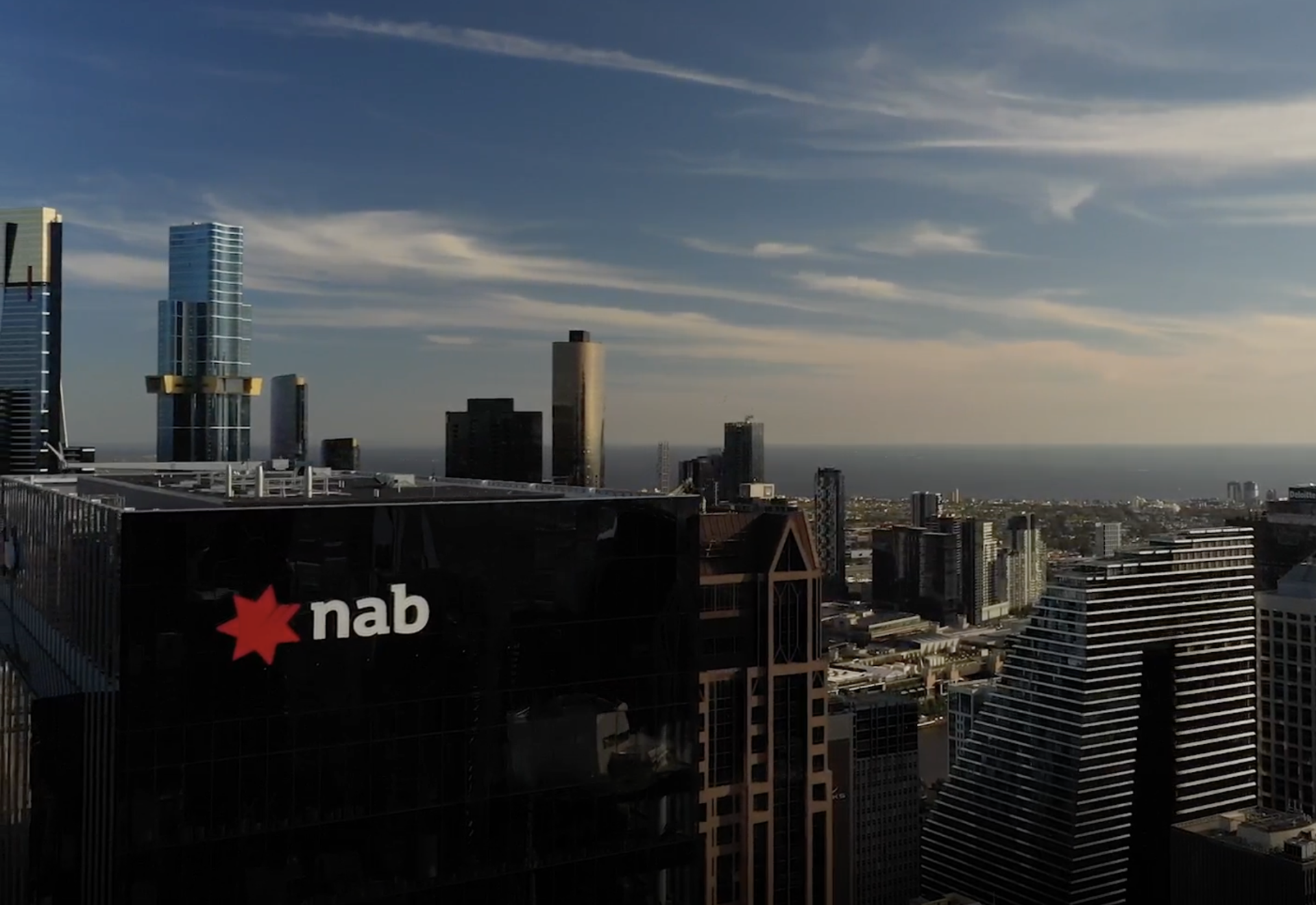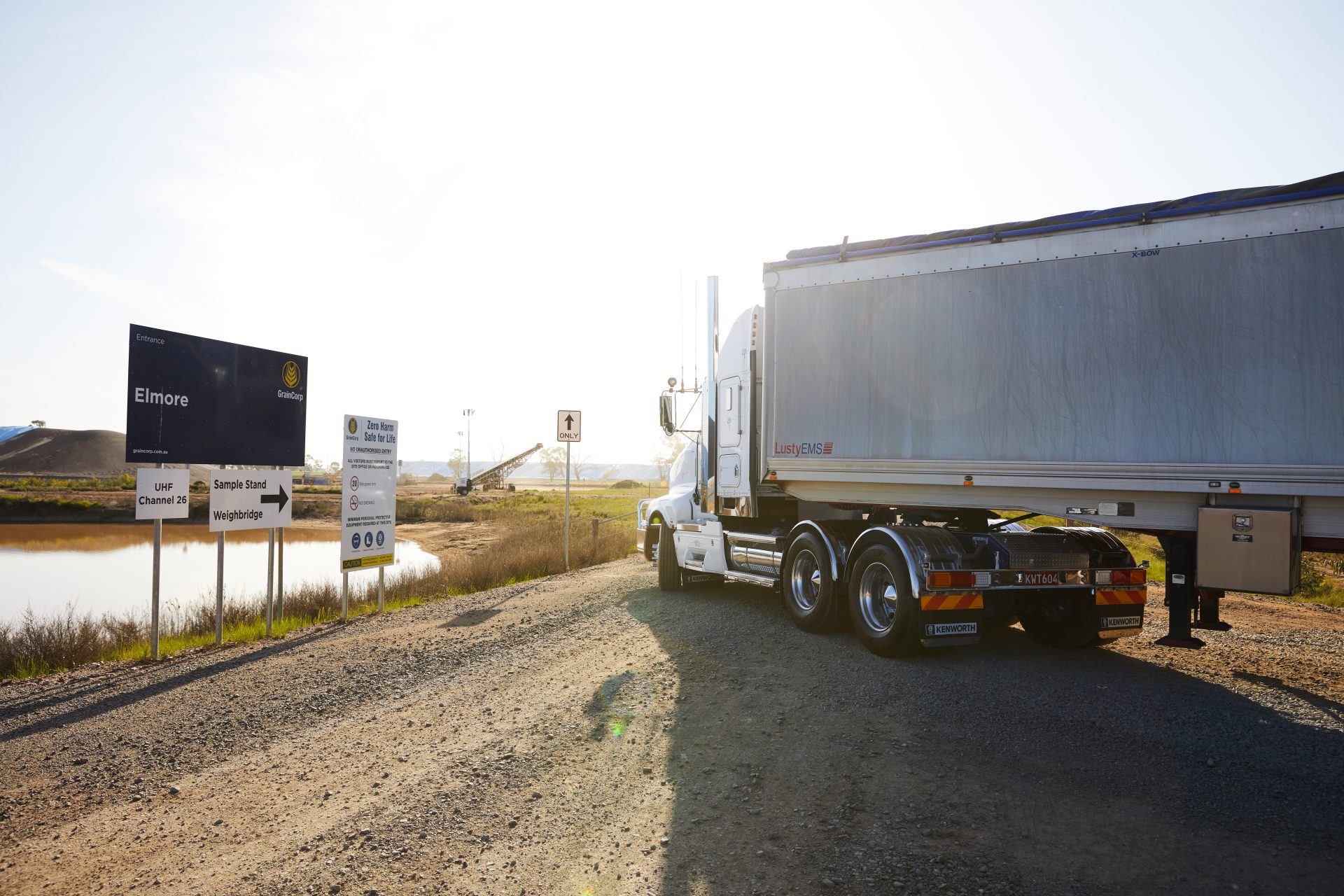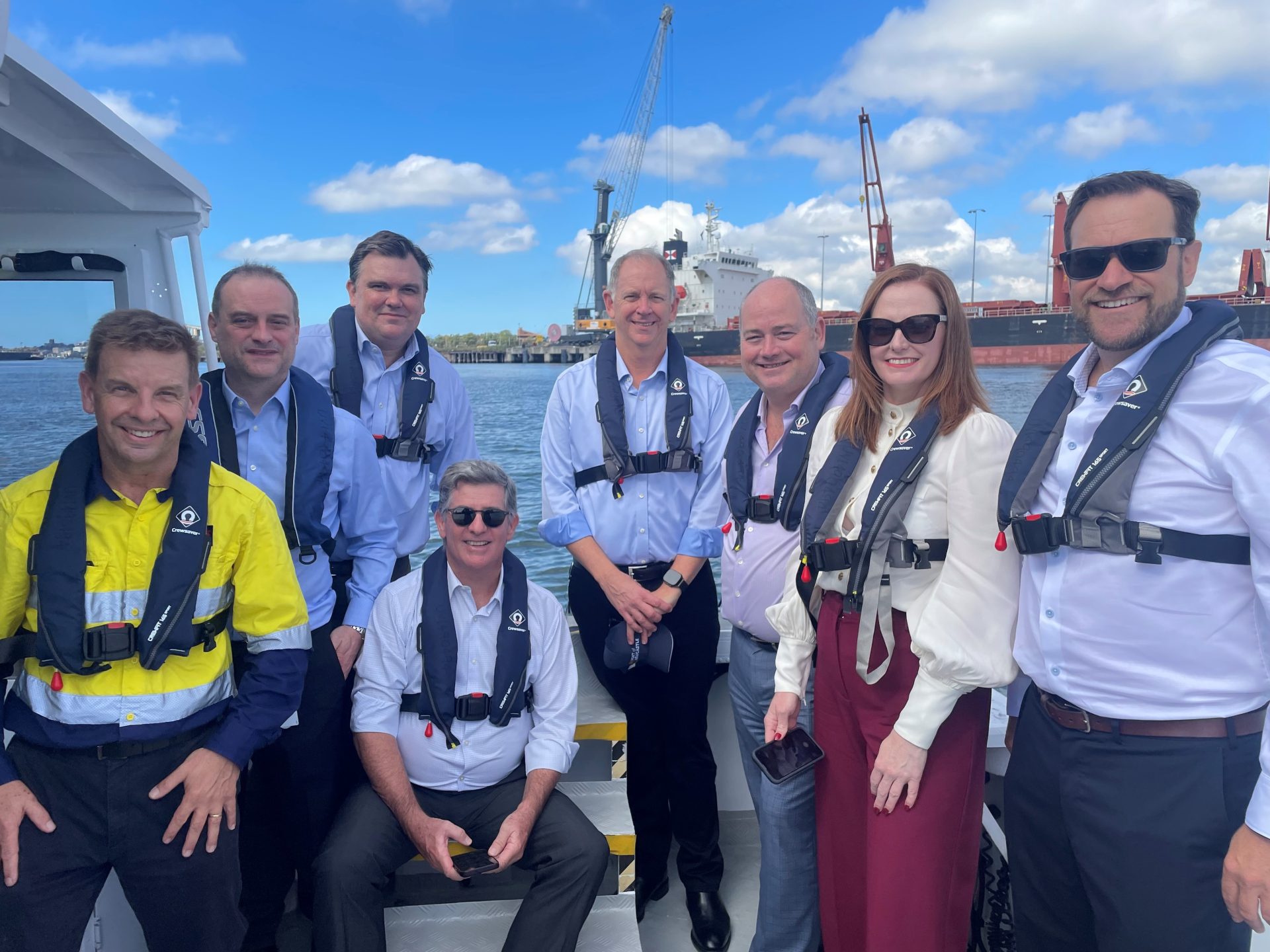
NAB has welcomed the Federal Government’s $24bn blueprint for transforming the nation into a renewable energy superpower, saying it will help to catalyse investment and create a more attractive tax environment once projects are up and running.
“I think the policy will be helpful in bringing forward investment that might otherwise have been planned to take place in 5-10 years, or even longer,” group executive corporate and institutional banking David Gall said.
“It’s what we do between now and 2030 that’s really going to make the difference.”
In the Budget on Tuesday, Treasurer Jim Chalmers provided more detail on the previously announced “A Future Made in Australia” policy, foreshadowing an investment of $22.7bn over a decade to help Australia remain an “indispensable” part of the global economy as the world undergoes “the biggest transformation since the industrial revolution”.
Among the initiatives were $13.7bn in production tax credits for green hydrogen and Australia’s 31 critical minerals to improve the resilience of Australia’s supply chains.
Renewable hydrogen producers will receive a $2 incentive per kilogram of hydrogen produced between 2027-28 for up to 10 years per project at an estimated cost of $6.7bn, while the remaining $7bn will go to critical minerals producers, based on 10 per cent of their processing and refining costs over the same time frame.
The plan includes enactment of a Future Made in Australia Act, which will establish a national interest framework to identify priority industries for investment in two streams.
The first relates to the net-zero transformation where Australia can demonstrate an enduring competitive advantage, and the second is economic security and resilience.
The industries already identified in the first stream include renewable hydrogen, green metals and low-carbon liquid fuels, while critical minerals and clean energy manufacturing (the global solar and battery supply chains) feature in the second stream.
In many ways, the policy reflects the findings of two reports commissioned by NAB authored by Deloitte on the significant investment needed as well as the opportunities in the climate transition.
The second report, called “All Systems Go: Powering Ahead” and released last August, found there was a $435bn opportunity awaiting Australia if it transformed its industrial base and established a clean energy platform to drive export growth as the world decarbonised.
At the time, Mr Gall said the nation did not need to outspend the US, which had allocated $US360bn – about one-third of the Australian economy – in the 2022 Inflation Reduction Act (IRA) to subsidies designed to encourage investment in renewable energy infrastructure and clean energy technologies.
He argued that the massive scale of the climate transition and our relatively small economy should tip the balance in favour of targeted government support for “green” industries likely to develop a competitive advantage in a low-carbon world.
The measures announced in Tuesday’s Budget, however, do not have bipartisan support.
“What capital investors will be looking for is long-term certainty in and around this (policy); once it’s in place, they’ll want to know it’s going to be the same environment for investment for decades to come because the type of projects we’re talking about have multi-decade time horizons,” Mr Gall said.
“I think that finding a way where both parties can be comfortable with the outcome is going to be really important.”
On the outlook for critical minerals, he said there were likely to be opportunities for some value-added downstream processing, not just extraction.
“It will require vast amounts of capital, but I think the capital is out there and I don’t think we need to do this alone,” he said.
“Our alliances with key partners like the US create opportunities to do more with them, and I think Europe would love to be doing more with us in critical minerals.
“I was in Washington recently and what was interesting was that the five Congressmen I spoke to all talked about the desire to work more closely with Australia in critical minerals.
“The reality is we have critical minerals in abundance that they want and need but they don’t have, and clearly as they think about reducing their supply-chain reliance on certain parts of the world, this would play a key role.”
Time will tell if the policy announcements in the Budget will “crowd in” sufficient short-term capital to pump life into large-scale projects in a timely way.
“The headline numbers sound big,” he said.
“But has enough been done to change investment conditions immediately to create the beginning of these projects?
“I think there’s a need for more certainty through fiscal policy changes to make it sufficiently attractive for investors and convince them to start their projects soon rather than wait for 10 years.
“The thing that’s working with the IRA in the US is that investors know precisely what needs to be done to qualify for development tax credits or production tax credits, and that certainty has been a great catalyst for getting projects up and running.
“We now have an important and necessary start in Australia, but it’s not yet sufficient to get some of the benefits that the US is currently experiencing.”
For further commentary on the 2024 Federal Budget read NAB CEO Andrew Irvine’s reflections on the Federal Budget.
Read commentary from the NAB Economics team on what it means for health, small and medium business, education and individuals.
Watch a Federal Budget expert panel discussion here.

